

Understanding the Aging Brain and Dementia
Supporting Parents, Family, & Loved Ones as Care Partners
Edward G. Shaw, MD, MA
October 19. 2025



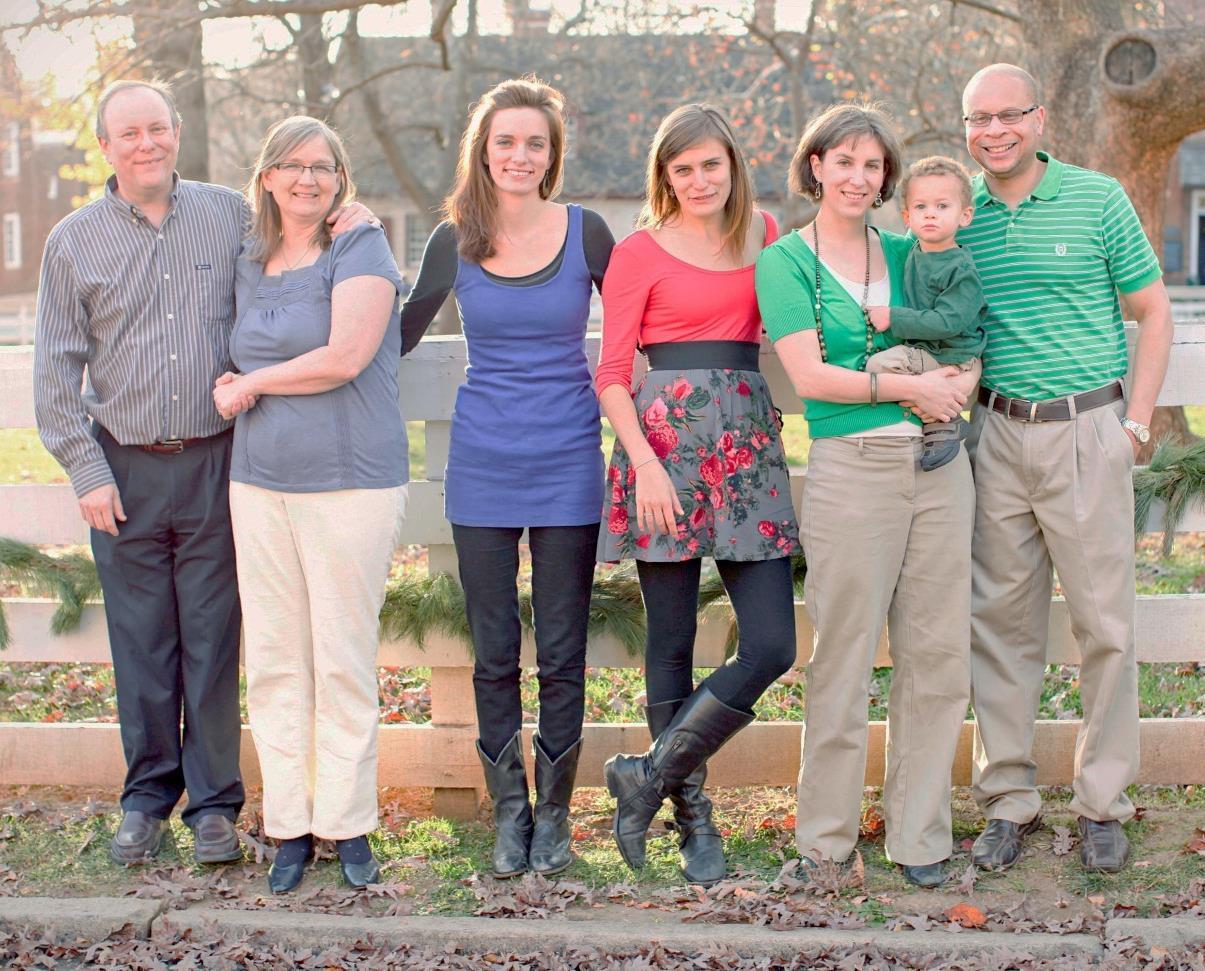

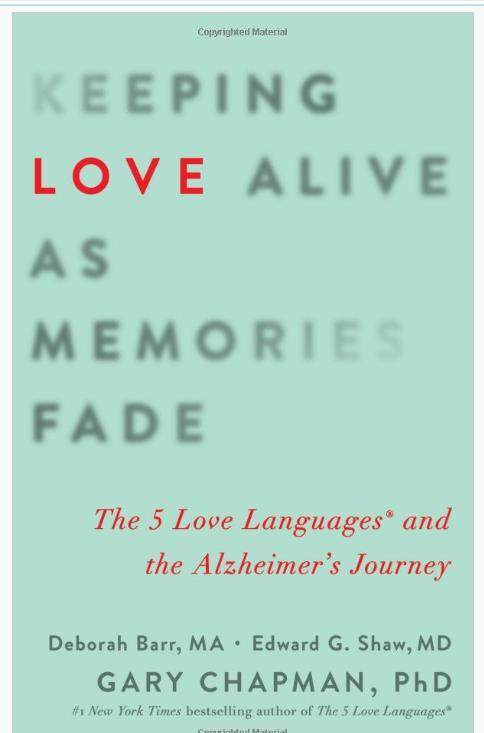
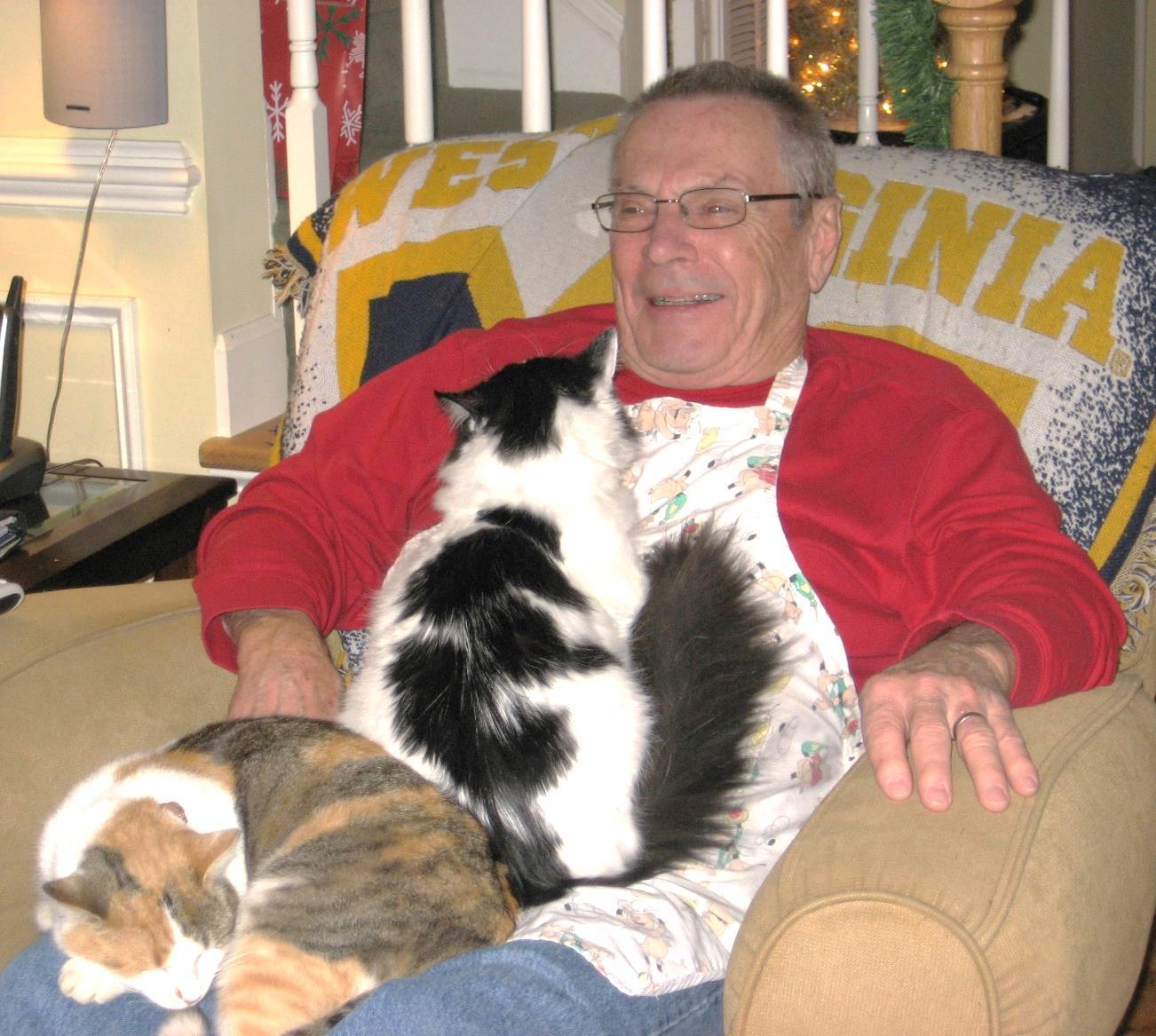
Dementia is the most common of the so-called neurodegenerative brain diseases (others include Parkinson’s disease and ALS/Lou Gehrig’s disease)
Dementia causes cognitivefunctionloss resulting in, over time, functionaldependence (i.e., loss of functional independence)
The most common type of dementia is Alzheimer’s disease

The number of Americans 65+ living with Alzheimer’s disease is expected to nearly double from 7 million to 13 million by 2050
The lifetime risk of developing Alzheimer’s disease is 1 in 8
The major risk factors for developing Alzheimer’s disease are:
◦ Age
◦ Gender
◦ Race/ethnicity
◦ Family history/genetics (ApoEe4)
◦ Hypertension/high cholesterol
◦ Obesity/diabetes
◦ Head injury
◦ Many other lifestyle factors – diet, lack of exercise, smoking, alcohol, social isolation, insomnia/sleep apnea, poor hearing, depression, anxiety, and stress

Alzheimer’s disease was discovered in 1906 by Dr. Alois Alzheimer … 51yo woman with progressive memory loss

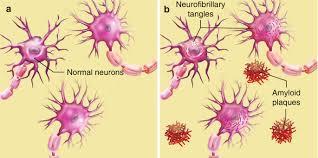
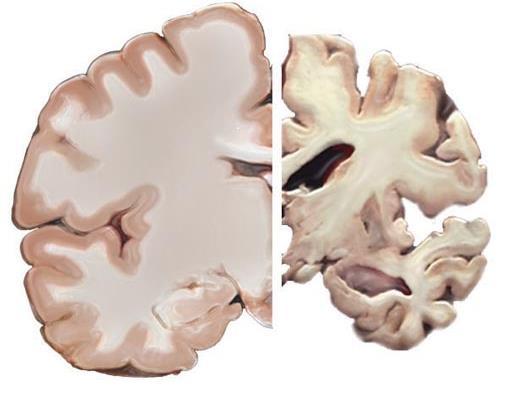

We’ve had more advances in last 2 years than prior 117 years!!!


Amyloid PET Scan
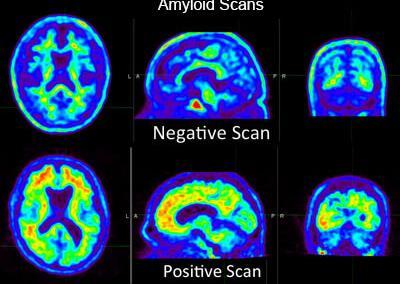

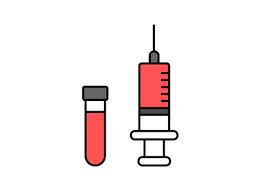

We now have 2 FDA approved drugs to treat Alzheimer’s disease: LeqembiTM (lecanemab) and KisunlaTM (donanemab)
◦ Given intravenously every 2-4 weeks for 18+ months
◦ Clear 95-100% of amyloid from brain
◦ Slows progression (maintain better function) for 6-18+ months (but not a cure)
◦ 20% risk brain swelling, bleeding, or stroke (most asymptomatic)
◦ 1% risk of death
◦ Cost $50,000/year paid for by Medicare

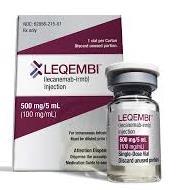
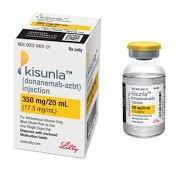
Dementia is the most common neurodegenerative brain disease
Dementia causes:
Cognitive function loss
Functional dependence
The most common type of dementia is Alzheimer’s disease



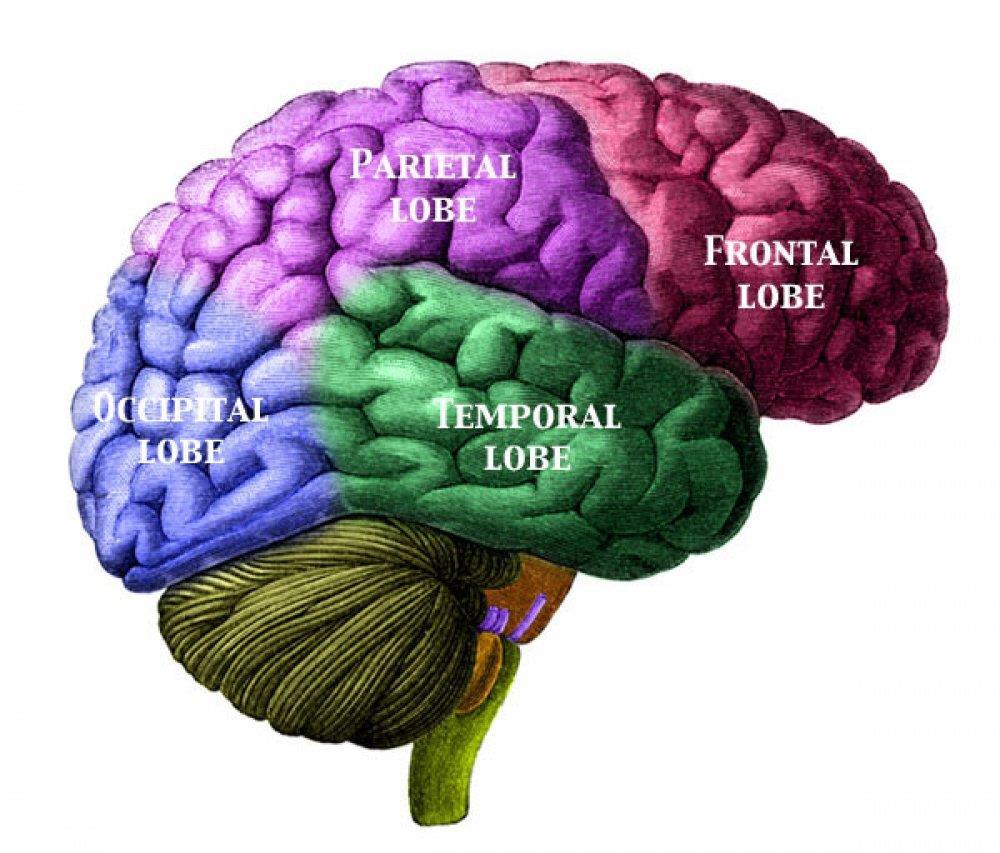
Size of 2 grapefruit
Weighs 3 lbs
4 lobes per side
Billions of neurons
90% is “on” 90% of the time
Controls everything you think, feel, say and do!
2/4
Thinking functions
Paying attention Multitasking Remembering Speaking/understanding language Spatial skills
Related functions
Personality
Emotions

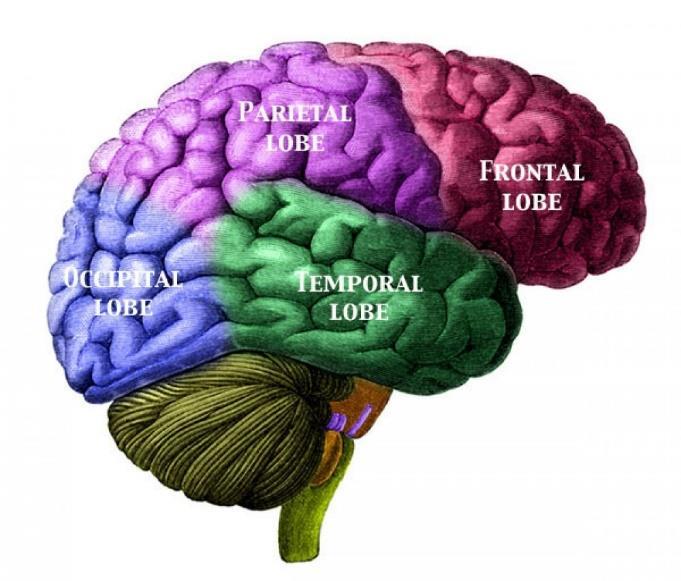
Instrumental Activities of Daily Living (IADLs)
◦ Cooking
◦ Driving
◦ Finances
◦ Housework
◦ Medication management
◦ Shopping
◦ Cell phone and computer use
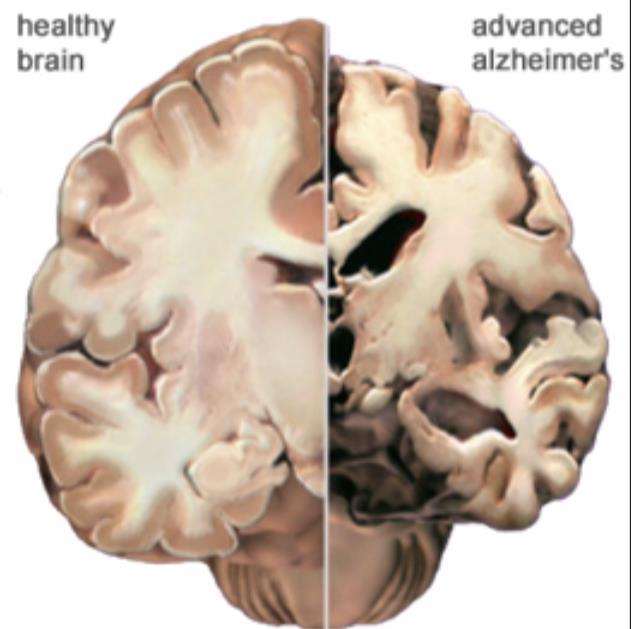

Activities of Daily Living (ADLs)
Bathing
Continence and toileting
Dressing
Feeding
Walking and transferring


Yikes, do I have Alzheimer’s disease?
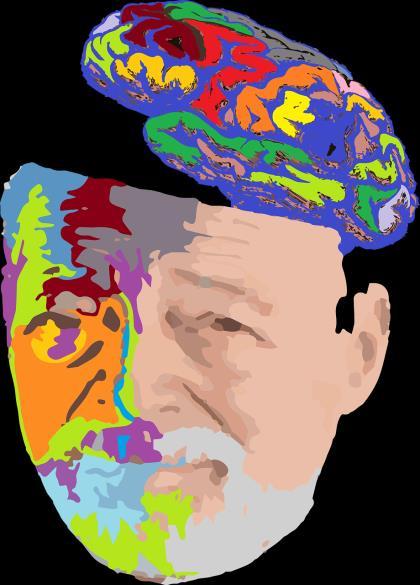
Normal brain aging
Abnormal brain aging Dementia
Cognitive Impairment (MCI) Stages

Difficulty remembering names (people, places, objects, and the like) Mild short-term memory loss
Slowing down of thought processes

Decreased attention span More difficulty multitasking (focus on one thing at a time)
Mild changes in personality (e.g., more serious), occasional lapses in judgment, moodiness or irritability

Can’t remember familiar names (spouse, children, grandchildren, friends)
Loses train of thought in conversation
Repeats stories, can’t recall own background or basic facts of history

Needs assistance with or can no longer do activities requiring planning/problem-solving/multitasking: driving, cooking, cleaning, washing, shopping, bill paying, managing meds, using phone or computer
Major change in personality and/or significant lapse in judgement (e.g., getting catfished or scammed)
New onset major depressive or anxiety disorder

Intermediate state of brain function between normal brain aging and Alzheimer’s/dementia
Significantly more cognitive function loss (remembering, multitasking, speaking/understanding language, spatial skills) than expected for age and level of education (i.e., abnormal brain aging) but still functioning independently
Half to three-quarters of people with MCI will develop Alzheimer’s within 5 years of diagnosis
Treatment with the new Alzheimer’s drugs is most effective at MCI or early-stage

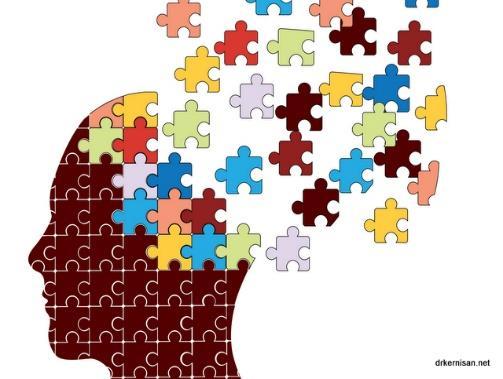
Alzheimer’s disease – 60%
Vascular dementia – 20%
Lewy body dementia and Parkinson’s disease dementia (PDD) – 15%
Frontotemporal dementias (FTD) – 5%
Behavior variant (bv) FTD
Primary Progressive Aphasia (PPA)
Other causes – 1%

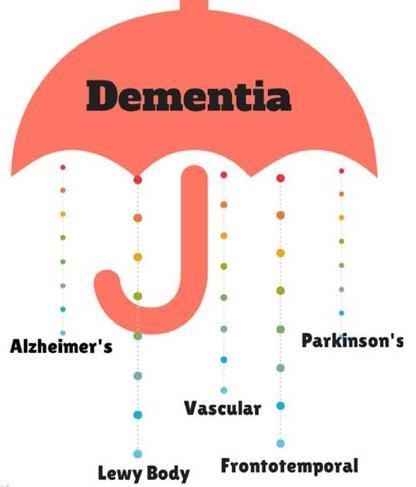
Alzheimer’s disease: short-term memory loss, multitasking difficulties, spatial challenges (driving/falls)
Vascular dementia: similar symptoms as Alzheimer’s plus stroke symptoms (face-arm-speech)
Frontotemporal dementia (FTD)
◦ Behavior-variant – socially unacceptable behavior, language and multitasking difficulties
◦ Primary progressive aphasia –language difficulties (speaking and/or understanding)

Lewy body dementia and Parkinson’s disease dementia:
Cognitive symptoms – multitasking difficulties, spatial challenges (falls), +/- short-term memory loss
Psychiatric symptoms – delusions, hallucinations, sleep behaviors
Parkinson’s symptoms – tremor, shuffling gait, rigid muscles (falls)
Autonomic symptoms – fluctuating altertness, unstable blood pressure, incontinence

Fatigue, need for more sleep, depression, anxiety, agitation, sundowning, weight gain or loss are more common
People may experience any/all of the symptoms characteristic of Alzheimer’s, vascular, frontotemporal, and Lewy body/Parkinson’s dementia
Caregiving becomes harder!
◦ The physicalburdenof caregiving increases because the person with dementia (PWD) is dependent in all their IADLs and ADLs
◦ The emotionalburdenof caregiving increases because the PWD becomes less and less emotionally receptive/reciprocating and more socially withdrawn










Anchored In Love
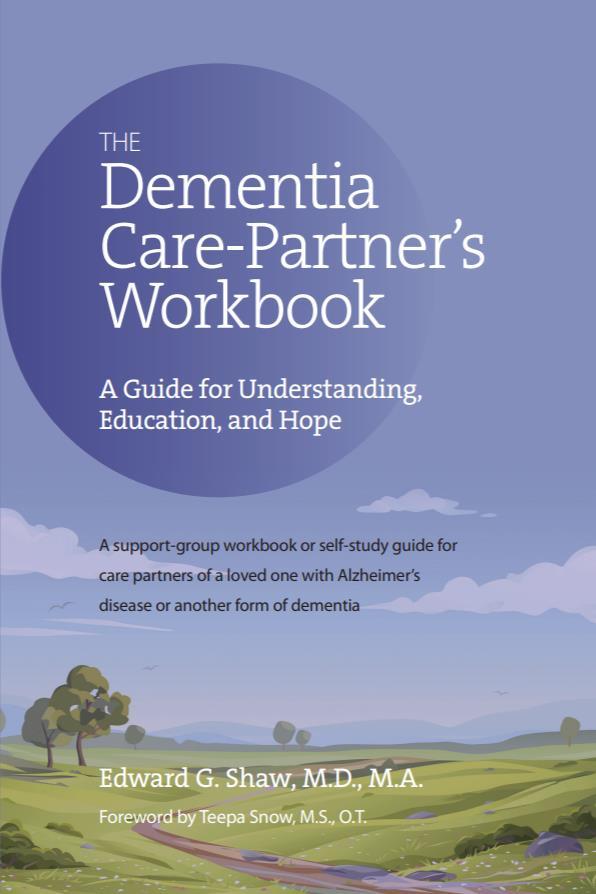

7.2 million people are living with Alzheimer’s disease in the U.S.
83% of care for people living with dementia (PLWD) is unpaid care provided by family members and friends
There are 12 million Alzheimer’s family care-partners in the U.S. for PLWD
◦ 1 of 3 are spouses
◦ 2 of 3 are adult children
◦ 2 of 3 are women
◦ 1 in 4 are “sandwich generation” care-partners
They provided 19 billion hours of unpaid care per year (about 100 hours per month per care-partner on average)

*summarized from alz.org (Alzheimer’s Association)
Length of caregiving responsibilities: 86% for 1 year, 60% for 2 years, and 50% for 4 years
Dementia care-partner roles and responsibilities:
◦ 85% help manage household activities: shopping, cooking, cleaning, laundry, and paying bills
◦ 66% help manage personal care such as feeding, dressing/grooming, bathing, and toileting (one-third of PLWD are incontinent)
Caring for a PLWD is emotionally, physically, and financially taxing:
◦ 60% of dementia care-partners report high or very high stress levels
◦ 40% report they are depressed
◦ 1 in 3 say their physical health has declined because of caregiving
◦ 57% said caregiving negatively impacted their career in some way

*summarized from alz.org (Alzheimer’s Association)
1.The need to tell and retell your story
2.The need to educate yourself
3.The need to adapt to changing relationships
4.The need to grieve your losses
5.The need to take care of yourself
6.The need to ask for and accept help
7.The need to prepare for what’s ahead


8.The need to explore existential/spiritual issues to find meaning



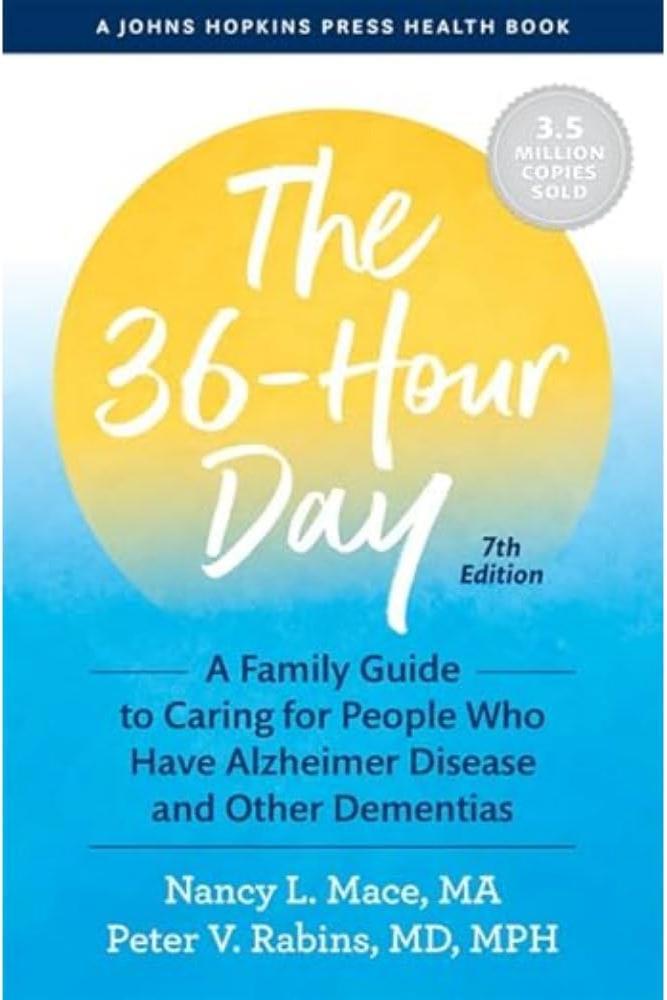




Please


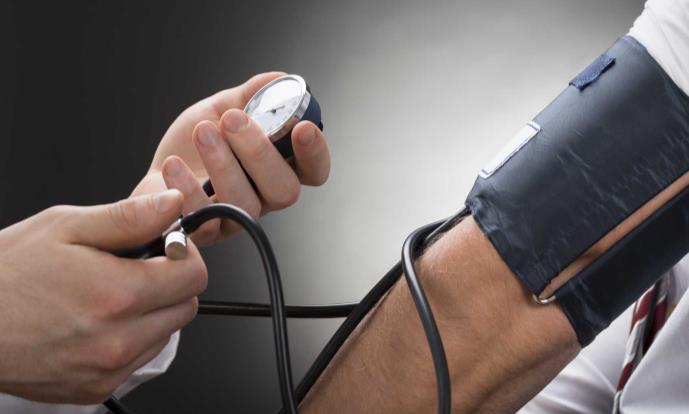
1. Keep BP<130 systolic
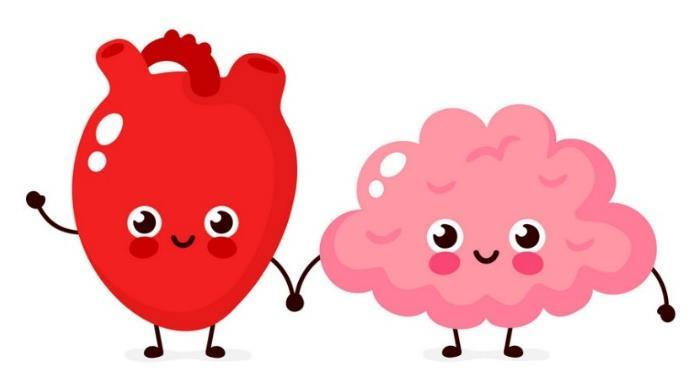
2. Exercise your body: 90-150 minutes per week or 7500 steps daily
3. Exercise your brain!


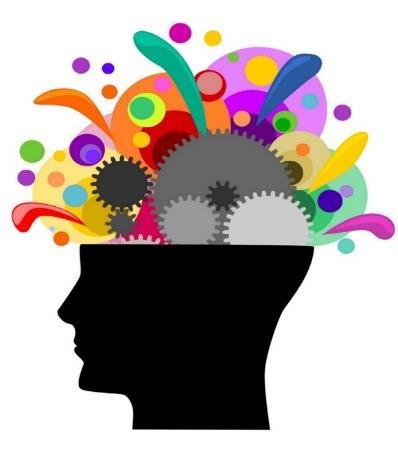


4. Follow the MIND diet





7. No to moderate alcohol intake
5. Stay socially engaged

6. Don’t smoke!

8. Supplements

Valuable: Vitamins B12 and D, multivitamin? No value: Prevagen, Neuriva, coconut oil
9. Reduce stress

10. Sleep well for 7-9 hrs and treat sleep apnea
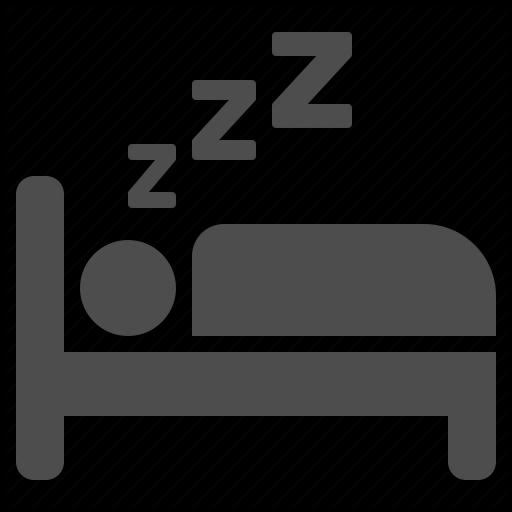

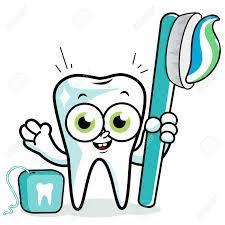

Keeping your brain healthy is all about committing to a


